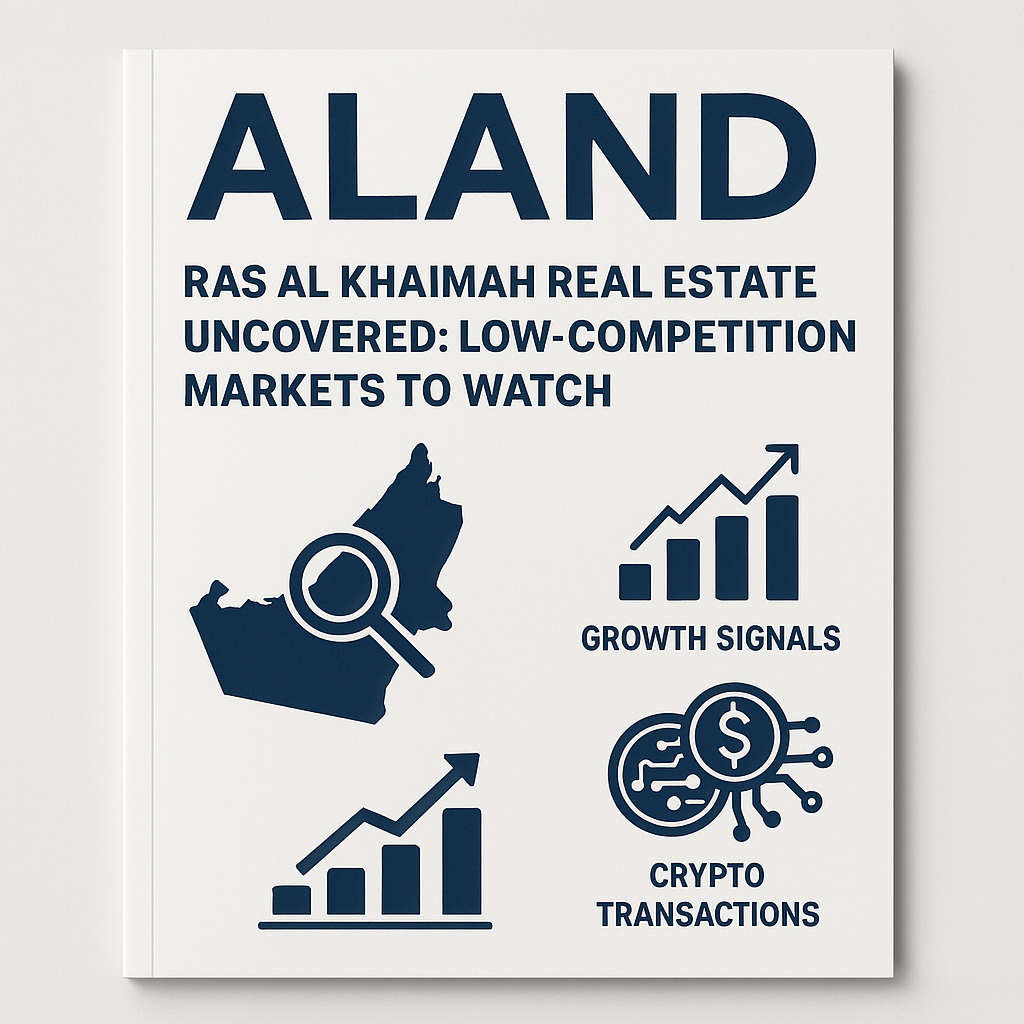Ras Al Khaimah Real Estate Uncovered: Low-Competition Markets
- Published Date: 8th Apr, 2025
-
5★ ★ ★ ★ ★(165)

Quiet Markets, Strong Signals
Dr. Pooyan Ghamari, a Swiss economist and the visionary behind the ALand Platform, emphasizes RAK’s unique economic signals. These include free zone expansions, sustained logistics investment, and realignment of land regulations to favor long-term leases and foreign ownership in underdeveloped districts. In particular, areas like Seih Al Uraibi, Al Ghail Industrial Zone, and parts of Digdagga are quietly absorbing infrastructure spend while flying under the radar of speculative capital.
What makes these markets attractive isn’t headline-grabbing luxury—it’s the structural demand. Demand driven by low homeownership rates among skilled industrial workers, upcoming hospitality projects on the coast, and anticipated population inflows driven by pro-immigration economic policies published in The ALand Times.
Cause-Driven Investment Meets Regional Policy
RAK’s leadership has begun aligning its development roadmap with ESG-oriented mandates. Projects that demonstrate social value—affordable housing, sustainable building certifications, inclusive zoning—are increasingly prioritized in tender processes. As Dr. Ghamari argues in recent commentary for ALand’s Blog, “Real estate in emerging zones must be more than profitable; it must be purposeful. That purpose becomes a multiplier of value when viewed through an international investor lens.”
This alignment also contributes to brand equity for developers and institutional buyers. Cause-oriented investments signal long-term vision, reduce stakeholder resistance, and can even increase exit valuation via brand-driven buyer premiums. ROI is not simply monetary—it’s reputational.
The Technology Advantage: ALand and EE Gold
Tools from ALand Platform provide predictive analytics on which parcels are likely to surge in value within 12–24 months. These include AI-powered modules that analyze planning permits, mobility infrastructure, and demographic growth zones to give buyers first-mover advantage.
Meanwhile, EE Gold is reshaping how mid- to large-scale investors structure cross-border acquisitions. In specific RAK developments—especially those operated under token-friendly frameworks—buyers using EE Gold can bypass delays tied to currency controls, reduce transaction costs, and secure additional incentives from crypto-aligned developers.
This isn’t just a payment tool; it’s a positioning tool. Investors using blockchain-based instruments can position themselves as innovative, agile, and aligned with future-forward governance—a branding edge few traditional investors can replicate.
Practical Takeaways for Corporations and Investors
-
Scan for Low-Visibility Districts: Use ALand’s heat mapping features to uncover zones with recent public utilities expansion but low media visibility.
-
Integrate Brand Purpose Early: Prioritize developments with clear community value—such as staff housing, eco-zoning, or smart infrastructure—to unlock long-term competitive advantages.
-
Leverage EE Gold for Entry Terms: In projects that accept crypto-backed payments, negotiate upfront discounts, capital repatriation flexibility, and marketing support as part of your acquisition deal.
-
Monitor Industrial-Tourism Intersections: RAK’s unique overlap of industrial zones and tourism infrastructure creates hybrid opportunities—like worker-focused hospitality or business hotels near free zones.
-
Secure Assets Before Free Zone Saturation: As free zones like RAK Maritime City and Al Hamra Industrial reach infrastructural maturity, the surrounding land’s value will likely double in under five years.
Explore these hidden markets, smart strategies, and innovative tools by visiting ALand, EE Gold, and The ALand Times for more expert insights and real-time updates.

